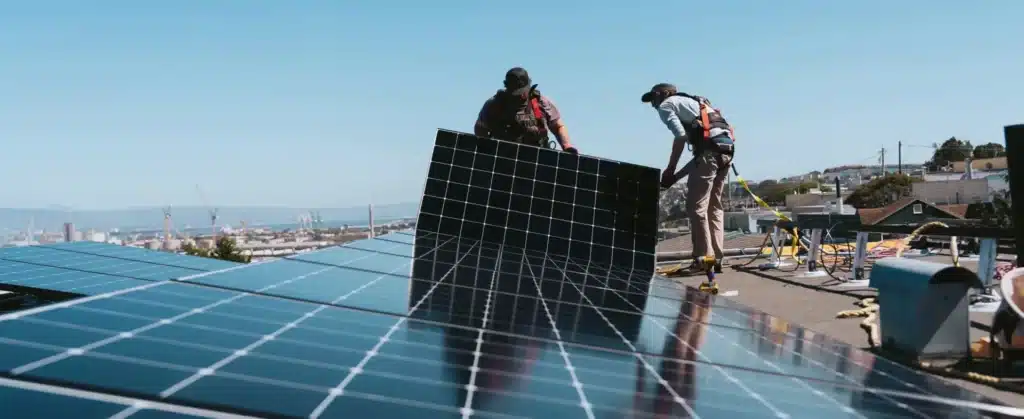In the commercial and industrial (C&I) sectors, renewable energy projects offer substantial opportunities for cost savings and sustainability.
To ensure the success and longevity of these projects, meticulous planning and technical expertise are essential.
This article outlines how to protect your investment in a renewable energy project from inception to end-of-life, focusing on maximizing return on investment (ROI), engaging the right experts, complying with utility regulations, and maintaining sustainable operations.
1. Maximizing Return on Investment (ROI)
For C&I applications, maximizing ROI involves detailed technical and financial planning:
Site Analysis and Selection:
Perform thorough site evaluations to determine the best locations for renewable energy installations. Use Geographic Information Systems (GIS) and remote sensing data to assess solar irradiance, wind speeds, and other essential parameters.
Technology Integration:
Invest in advanced technologies like high-efficiency photovoltaic (PV) panels, state-of-the-art wind turbines, and energy storage systems. Utilize software tools for energy modeling and simulation to predict performance and optimize system design.
Financial Engineering:
Create comprehensive financial models that include all project costs, projected revenues, and potential savings. Explore Power Purchase Agreements (PPAs) and other financial instruments to ensure stable revenue streams.
2. Involving Relevant Experts
Engage a multidisciplinary team of experts to ensure the technical and operational success of your project:
Renewable Energy Engineers design and optimize systems for renewable energy, ensuring compliance with performance and safety standards.
Project Managers:
Experienced project managers oversee the entire lifecycle of the project, from planning and procurement to installation and commissioning, ensuring timelines and budgets are met.
3. Adhering to Utility Regulations
Adhering to utility regulations is essential for the smooth integration and functioning of renewable energy systems in commercial and industrial applications.
Permitting and Compliance
Navigate the regulatory landscape by obtaining all required permits and complying with local, national, and international standards. Engage with regulatory bodies early in the planning process to avoid potential delays.
Interconnection Standards
Ensure that your renewable energy systems meet utility interconnection standards and grid codes. Conduct grid impact studies and install protective relays and other necessary safeguards as required.
Environmental Regulations
Conduct thorough Environmental Impact Assessments (EIAs) and implement necessary mitigation measures to minimize environmental impact and adhere to sustainability guidelines.
4. Sustainable Maintenance
Ongoing maintenance is essential to ensure the efficiency and longevity of renewable energy systems in C&I applications:
Predictive Maintenance
Implement predictive maintenance strategies using IoT sensors and data analytics to monitor system performance and predict potential failures before they occur.
Remote Monitoring
Utilize advanced monitoring systems to track performance metrics in real-time, enabling prompt response to any issues and optimizing system operation.
Lifecycle Management
Plan for the complete lifecycle of your renewable energy assets, including decommissioning and recycling. Ensure that end-of-life components are disposed of or repurposed sustainably, adhering to circular economic principles.
Conclusion
Investing in renewable energy projects for commercial and industrial (C&I) applications can provide significant benefits, but it requires a strategic approach to protect your investment. To ensure the success and longevity of your renewable energy projects, focus on maximizing your return on investment (ROI), involving the right experts, complying with utility regulations, and maintaining sustainable operations. With careful planning and technical knowledge, your investment can yield substantial financial and environmental returns, placing your business at the forefront of the sustainable energy transition.

